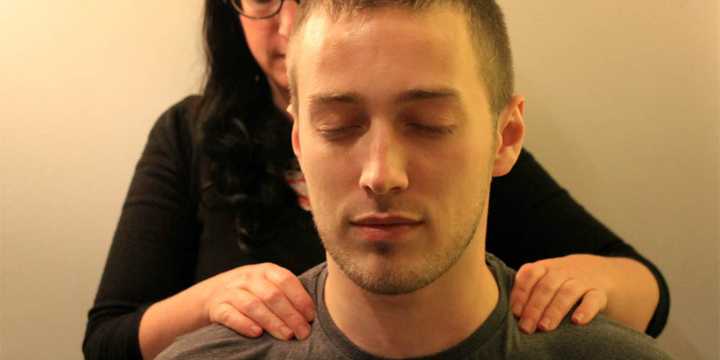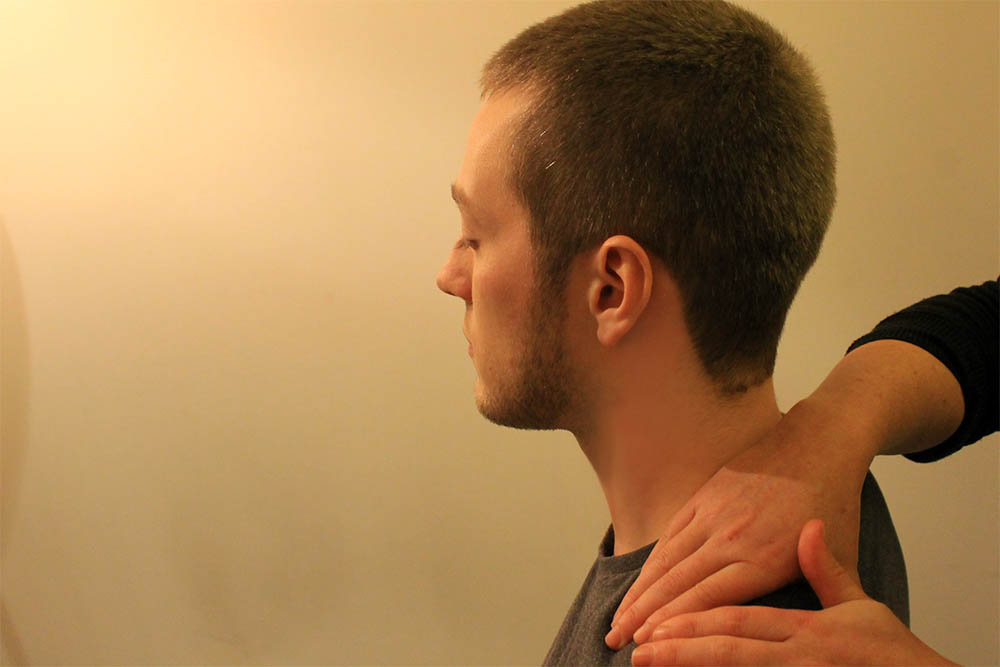
The Physiological Benefits of a Sports Massage
Many people enjoy a massage; it’s often used as a treat, something to relax us when we feel stressed, it may be used before and after a sporting event or to work with a current sports injury. I often describe a sports massage to my client’s as ‘maintenance’ work, and an add on to their training. I use a car analogy, you wouldn’t drive your car if something didn’t feel right, you would go get it looked at and fixed, you look after your car, or your bike in some cases! So treat your body in the same way. If you run regularly, including sports massages as part of your training, whether it be for a 5k, 10k or 50k will allow you to train more efficiently by aiding muscle recovery.
Most injuries in sport can often occur through overuse, leaving a ‘niggle’ untreated will more than likely lead to injury further down the line. The muscles more commonly used in running include: The quadricep muscles at the front of your thighs, they bend your hip and straighten out the knee. Hamstrings at the back of the thighs straighten your hip and bend your knee. Lower leg muscles such as the gastrocnemius (outer calf) and soleus (inner part of the calf) support the foot extending and flexing. Our gluteal muscles – The buttocks, are used to help strengthen your hips behind you. In addition, I often get runners coming to me neck and back pain due to head position when running and poor core strength.
Below is a list of some of the most important physiological benefits (of that to the body) of a sports massage for you to mull over…
Speeds up the healing process of damaged tissues and muscles; If all of your key muscles groups are flexible and loose, there is less risk of injury. Muscles that fit together well and work together as a flexible unit are much less likely to rupture or tear, than stiff, sore muscles which are over-worked. In addition, do bear in mind that sometimes regular massage will detect a small injury before it becomes too serious. Loosening up a tight spot before it turns into a niggling injury, can save the day and make the difference between making the start line or not.
Prevents future injury; Good sports massage techniques can stretch the muscle, tendons and fascia. A sports massage therapist will use techniques that will allow you to stretch tissues that cannot normally be stretched and in ranges of movement that normal stretching cannot perform. When the body does not have the chance to fully heal and recover before the next challenge an athlete can prematurely jump back into the next sporting event or exercise session – the odds of suffering an injury will be higher.
Improve tissue elasticity; Hard repetitive training can make tissues hard and inelastic. This is one reason why hard training may not result in improvements. Massage helps reverse this by stretching the tissues.
Pre-event massage; Perfect for helping you achieve maximum results before any running event! A few days before your event, a deep, thorough relaxing massage can help you relax and keep your muscles loose and injury free before a race. If you spy a massage tent at a race, head over and get a pre event massage, these are normally performed over clothes and will be vigorous, stimulating and can form part of an essential warm up.
Post event massage; At an event, a post run massage can be a fantastic addition to your cool down and stretch by removing muscle waste, movements will be slow, relaxing and can also help catch an injury early on. A massage a few days later is a great way to focus on certain areas that feel sore and can also repair damage to muscles caused by activity by increasing a fresh blood and oxygen supply to the area and remove a build of toxins and waste products.
Reference: Cash, M. (1996) Sport & Remedial Massage Therapy. London: Ebury Press.
